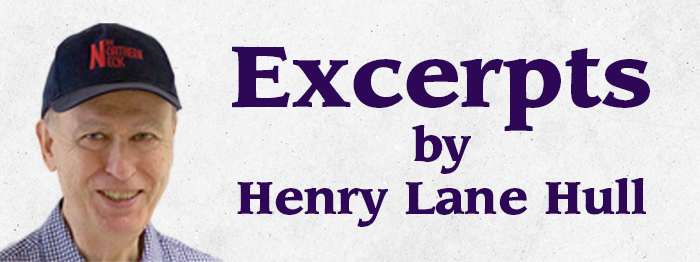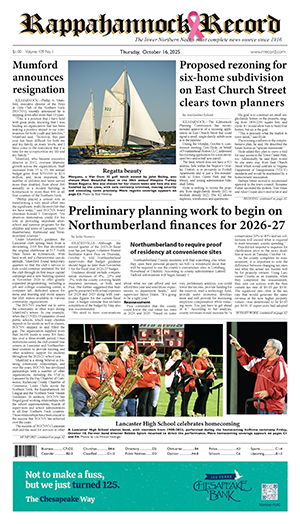 Often, we tend to overlook, or take for granted, the intelligence levels of plants and animals. For example, plants know to send roots to get water, and to turn to face the sun to maximize photosynthesis. A cat knows when to meow and when to purr. A dog knows not to bite the hand that feeds it. Perhaps psychologists would refer to such traits as instinct, but to me they are nascent forms of intelligence that reach fulfillment in human beings.
Often, we tend to overlook, or take for granted, the intelligence levels of plants and animals. For example, plants know to send roots to get water, and to turn to face the sun to maximize photosynthesis. A cat knows when to meow and when to purr. A dog knows not to bite the hand that feeds it. Perhaps psychologists would refer to such traits as instinct, but to me they are nascent forms of intelligence that reach fulfillment in human beings.
In that vein, a goose knows the difference between web feet and claws. My frame of reference concerns Gladys’ ability to comprehend the significance of the bonds that exist among all web-footed fowl. The characteristics upon which Carl Linnaeus based his biological classifications in the 18th century remain the foundation for sorting through all the various forms of life in order to define species by common attributes.
The cursory treatment of Linnaeus’ work that I received in biology class many years ago did not equip me with sufficient knowledge to be able to delve into the specifics of his classifications, hence I readily admit that my comments are subjective and lacking in scientific depth. Recognizing my inadequacy in that arena, I preface my remarks by acknowledging my weakness in the realms of botany and zoology.
Having made that disclaimer, I now turn to the nature of what I have termed “the web-footed mafia.” Since early childhood, I have been enthralled by all classes of fowl, but especially by geese. In my observations, the species is the animal whose behavior is most closely related to that of humans.
I realize that with other forms of fowl, such as penguins, the fathers help incubate the eggs, but with geese, the gander holds a special position, in that once the goslings’ eggs have hatched, he participates in raising the “newhatched” (the fowl equivalent of the human term “newborn”) to maturity, something akin to a human father driving his children to school in the morning.
Geese are family-oriented in many respects. As a rule, they mate for life, and they care for each other’s well-being. The oldest goose on record lived to be 102, a fact as I have noted previously, that has caused my Good Wife to proffer how we should include Gladys in our estate planning. She even went to the extent of suggesting that I might use the column to seek applicants.
Of all my experiences with Gladys over the past 15 years, from her utter lack of gratitude for any food or kindness I have accorded her, to her aggressivity in honking, to her systemic selfishness, I have concluded that she is not a typical goose. In my experience, geese are gentle, appreciative animals who relate well to human engagement.
Henry, the gander, is an animal of great refinement, courteous, happy and solicitous of my welfare. He and the ducks have their own camaraderie, but his principal focus is on human interchanges. When geese fly overhead, he could not be less concerned, but when human family members go in and out of the back door, he does not understand why he cannot do the same.
Quack I and Quack II are not bothered by such similar tribal affairs as the geese are. Gladys is inclined to “mother” them, never shooing them away from food or water, as she does with the chickens, which behavior I have concluded stems from the bonds of nature as expressed in their web feet.
At times, I do wonder if Gladys thinks that the drakes are juveniles, who one day will mature into full-grown geese. She clearly is trying to form their personalities into her own image of what a web-footed fowl should be.
I regret that Linnaeus is not with us today, as I am sure he would realize the need to define a special category for Gladys, perhaps terming it “webfootiana.”







